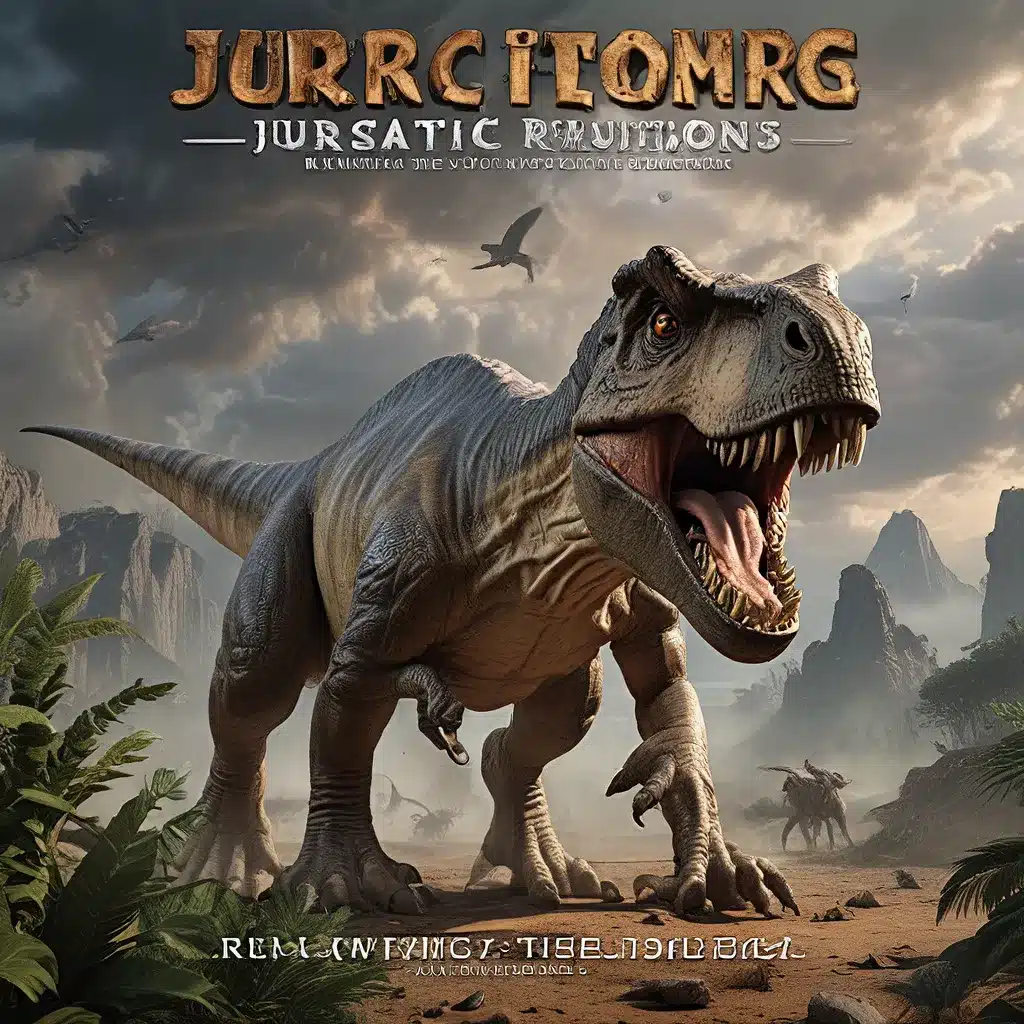
Unearthing Deinonychus: The Dinosaur Renaissance
In the annals of paleontology, few discoveries have been as transformative as the unearthing of Deinonychus in the 1960s. This small, carnivorous dinosaur, discovered by Yale paleontologist John Ostrom, would go on to upend our understanding of these prehistoric creatures and spark a Jurassic renaissance.
Ostrom’s seminal work on Deinonychus, published in 1969, challenged the prevailing view of dinosaurs as lumbering, cold-blooded, and primitive creatures. Through his meticulous analysis of the dinosaur’s anatomy and inferred behaviors, Ostrom deduced that Deinonychus was in fact a highly agile, warm-blooded predator – a far cry from the sluggish depictions that had dominated the field.
As Ostrom studied Deinonychus, he came across the work of JE Heath, who had proposed that an upright posture benefits warm-blooded animals by allowing their muscles to retain and generate heat. These observations led Ostrom to suggest that dinosaurs could have been warm-blooded, a hypothesis that sparked a fierce scientific debate that would reshape the field of paleontology.
Rethinking Dinosaur Evolution
Ostrom’s discoveries didn’t stop there. He also recognized the striking similarities between the remains of Deinonychus and those of early birds, sparking a renewed interest in the long-held theory that birds descended from dinosaurs. This hypothesis, first proposed by renowned biologist Thomas Henry Huxley in the 1860s, had previously been met with skepticism, but Ostrom’s work breathed new life into the idea.
Ostrom’s intimate knowledge of Deinonychus and his keen eye led him to a startling realization while visiting the Teylers Museum in the Netherlands. As he inspected what was believed to be a pterodactyl, he recognized that the specimen was in fact a feathered bird, which he hypothesized to be Archaeopteryx, a prehistoric bird. This incident ignited Ostrom’s curiosity and shifted his focus to the evolutionary ancestry of birds.
Over the next decade, Ostrom published a series of papers that investigated the possible relationship between Deinonychus and Archaeopteryx. He postulated that birds were direct descendants of the dinosaurs rather than simply sharing a common ancestry, and that flight had evolved when feathered dinosaurs flapped their arms in pursuit of prey.
The scientific community was initially skeptical of Ostrom’s hypotheses, but his persistence and the accumulation of evidence eventually led to a Jurassic renaissance, where almost all scientists accepted his findings. Today, the connection between dinosaurs and birds is widely recognized, and Ostrom’s work has had a lasting impact on our understanding of evolution.
The Velociraptor Phenomenon
Ostrom’s discoveries did not just influence the academic world; they also left an indelible mark on popular culture. While the name Deinonychus may not be familiar to non-scientists, millions of people have seen one on the big screen – the murderous “Velociraptors” in the 1993 film Jurassic Park were in fact based on Ostrom’s Deinonychus.
Michael Crichton, the writer of the Jurassic Park novel, had been swept up in the Dinosaur Renaissance sparked by Ostrom’s discovery and the work of one of his students, Robert Bakker, as well as the paleoartist Greg Paul in the 1970s and 1980s. Crichton had a conversation with Ostrom, during which the professor shared his insights on Deinonychus, and Crichton incorporated these attributes into his fictional “Velociraptors.”
While Crichton opted for the more dramatic name “velociraptor,” the creatures he depicted on the silver screen were significantly larger than the real velociraptors, which were considerably smaller than the ones seen in the film, about the same size as a turkey. Nevertheless, the Jurassic Park franchise has captivated audiences worldwide, inspiring a new generation to be fascinated by dinosaurs and eager to study them.
Revolutionizing Paleontology
Ostrom’s work didn’t just change how dinosaurs were perceived by the public; it also shifted the conventional wisdom in academia. Prior to his groundbreaking discoveries, dinosaurs were generally thought of as “large, lumbering, cold-blooded, and slow-witted evolutionary failures.” Ostrom’s findings on Deinonychus challenged this notion and recalibrated our understanding of evolution.
As Ostrom’s last graduate student and current Peabody Museum paleontologist Daniel Brinkman 94 MPhil explained, Ostrom’s work didn’t just reshape our understanding of dinosaurs, it also transformed how we conceive of prehistoric life. Darwinian notions of steady, gradual change had led scientists to believe that dinosaurs must have been quite primitive in their behavior and cognitive ability. Deinonychus called this presumption into serious question.
Ostrom’s perseverance in the face of difficult questions and his willingness to challenge prevailing assumptions have had a lasting impact on the field of paleontology. By upending multiple core assumptions and sparking a Jurassic renaissance, he inspired multiple generations to look at dinosaurs with a renewed sense of wonder and curiosity.
Conclusion: Embracing the Unknown
In one of Ostrom’s final papers, “How Bird Flight Might Have Come About,” he gave a fitting last word: “The missing, unknowable fossil record can never be allowed to stifle our curiosity.” This sentiment captures the essence of Ostrom’s legacy – a legacy that has transformed our understanding of dinosaurs, their evolution, and their connection to the modern world.
As we continue to uncover new archaeological discoveries and refine our theories about the ancient past, it is crucial that we embrace the unknown and remain open to challenging long-held beliefs. The story of Deinonychus and the Dinosaur Renaissance serves as a testament to the power of scientific inquiry, perseverance, and a willingness to rewrite the history of our world.
The Lost Kingdoms is dedicated to exploring the mysteries of the past and sharing the latest insights from the world of archaeology and ancient history. Stay tuned for more revelations that may continue to reshape our understanding of the Jurassic world and beyond.


